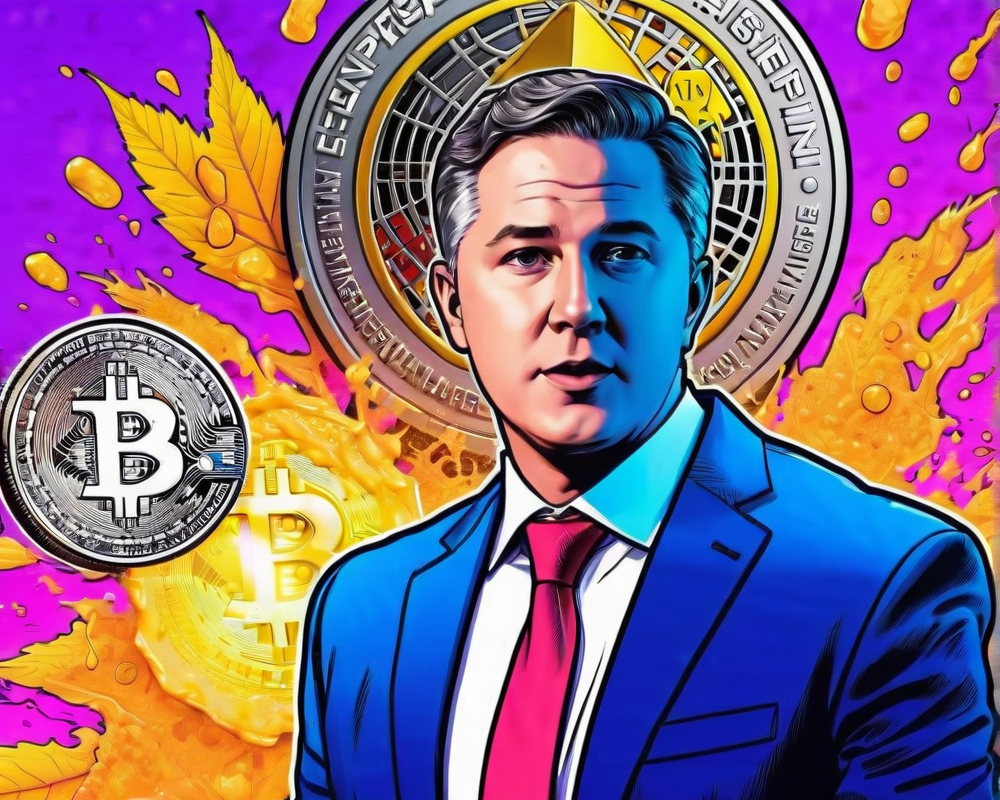The Grand Gathering of Climate Warriors
Every year, the Conference of Parties (COP) brings together around 40,000 participants from 196 countries for a two-week climate crusade. It’s like a bustling climate film festival where instead of red carpets, there are eco-friendly posters and representatives from governments, NGOs, businesses, and indigenous communities discuss, debate, and sometimes even disagree vehemently about how to save our planet. Remember the 17 United Nations Sustainable Development Goals? They first strutted their stuff at COP21 in Paris with a historic agreement to limit global temperatures. Meanwhile, some scientists are trying to figure out if we’re on track to hit that ambitious target of keeping global warming under 1.5 degrees Celsius.
The Economic Weapons Against Climate Catastrophe
Climate initiatives aren’t just pie-in-the-sky policies. They come with actual tools—money-making gadgets like carbon markets, carbon credits, and green bonds. However, here’s the kicker: these tools often feel like a private club where small-to-medium businesses in developing countries struggle to score an invite. Think of it as being stuck outside the nightclub with a long line and expensive entry fees while the big players party it up inside. The issues are often steep upfront costs and labyrinthine processes that leave many in the dark. It’s almost like making a puzzle with a blindfold on!
Greenwashing: The Dark Side of Eco-Claims
Now, speaking of all that green bling, greenwashing is the sly trick disingenuously posing as a helpful friend. Companies sometimes make dubious claims about their eco-friendliness without any real accountability. Not on blockchain, though! Thanks to new on-chain verification processes, what you see is what you get. No more wishing on a plastic star that a company is doing what they claim. With immutable and transparent systems in place, it’s easier to hold everyone accountable for their green commitments—and that’s a win-win for the planet, right?
Welcome to Web3: The New Frontier of Climate Finance
Now, let’s pivot to the shiny new star in the climate finance firmament: Web3. This revolutionary approach is shaking things up faster than you can say ‘decentralized coffee shop.’ Web3 is about transferring assets from old-school banks to blockchain. One of the game-changers of this shift has been the tokenization of carbon credits, which first debuted with a bit of fanfare back in 2017. In 2021, new players—like Toucan and Klima DAO—retired 20 million tons of CO2. Yes, you read that correctly: that’s 12% of the annual voluntary carbon market retirement volume!
A Look Into the Future: What Lies Ahead in 2023?
As we gaze into the crystal ball (or perhaps just squint at our smartphone screens), it’s clear that 2023 is poised to be a pivotal year for both COP and Web3 developments. With Web3 and Regenerative Finance (ReFi) on the rise, we anticipate areas for growth not just in climate action, but beyond. Biodiversity, anyone? The foundations of the blockchain native standards like Guardian are already shaking up the status quo. Established players will need to move swiftly to maintain relevance or risk being left behind like old wallets in a digital world!



